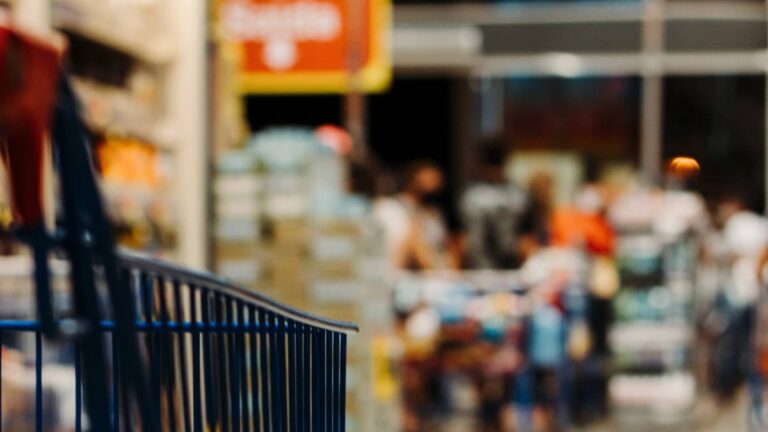
As XR continues to make its way through adolescence, it’s finding new areas of applicability. One that’s starting to become evident is retail media networks. These are emerging as retailers realize the valuable ad inventory that’s possible throughout their physical spaces.
Before getting into those points of intersection, what are retail media networks? In short, they’re like ad networks but in retail spaces. They include various media like how-to videos in a hardware store, or any brand-sponsored promotions played on display screens throughout a store.
The trend has accelerated over the past half-decade as retailers saw the opportunity to use their physical spaces as lower-funnel media zones. That can accomplish everything from bigger basket sizes and conversion rates to diversifying revenue through incoming ad dollars.
The former (bigger baskets) is where retailers have a natural advantage in sitting at the last mile to the point of sale, where user intent is high. And the latter (ad sales) is where retailers are advantaged, given the warm relationships with all of the brands they carry on their shelves.
Tactile Sense
Add it all together, and the retail media movement was born. And though it’s seen its fair share of growth and buzz in the past few years, it still has miles of headroom. This is due to retail media’s early stage, retailer adoption still to come, and evolution in its underlying tech.
That last part brings us back to XR’s intersection with retail media. There’s an opportunity to make retail media more immersive and interactive than the flat-screen displays that dominate the field today. That includes everything from mobile AR overlays on products to store navigation.
One example is Lowe’s Infinite Kitchen, which lets shoppers redesign their kitchens in VR. By strapping on a store-supplied VR headset, and even haptic gloves, kitchen remodel clients can get an immersive and tactile sense of their new kitchen, and make design choices.
Of course, this is a capital-intensive endeavor. In addition to the headsets and haptic gloves that have to be bought and set up in the store, renovation consultants shepherd the process. But for Lowe’s, the investment is justified by the high-margin renovation projects being sold.
First Line of Defense
Snap’s smart mirrors meanwhile let fashion-forward shoppers get virtually fitted in a range of style items. Think of it as a way to save time in virtually fitting 50 outfits before choosing 5 to try on in real life. It could be a way for retailers to differentiate themselves to Gen-Z shoppers.
Smart mirrors also offer logistical advantages. Simulated try-ons mean less folding, restocking, and store-aisle resets. Smart retailers can take this a step further with real-time inventory systems where less physical stock needs to be held on site – and the cash-flow benefits that follow.
Other examples require less setup and investment. In-aisle QR codes could let users activate web AR experiences on their own devices, including product specs, nutrient info, or reviews. Many brands already do this on product packaging, but retailers haven’t yet adopted en masse.
Add it all up, and XR provides more surface area for retail media. And retail media offers more places for XR to shine. More importantly, XR can demonstrate a real business case for retailers by boosting conversion rates. That gives it a key attribute for any technology: urgency to adopt.
